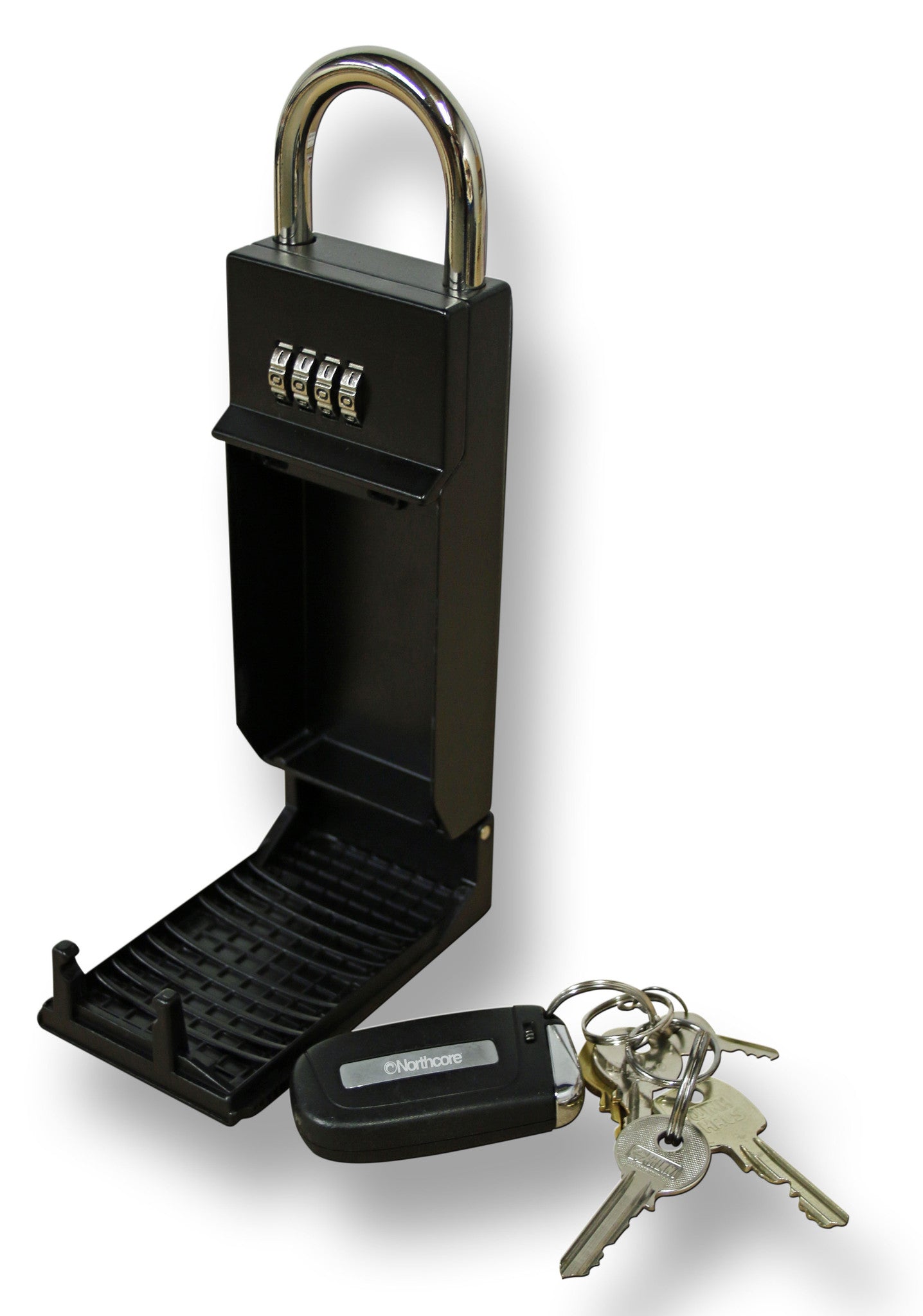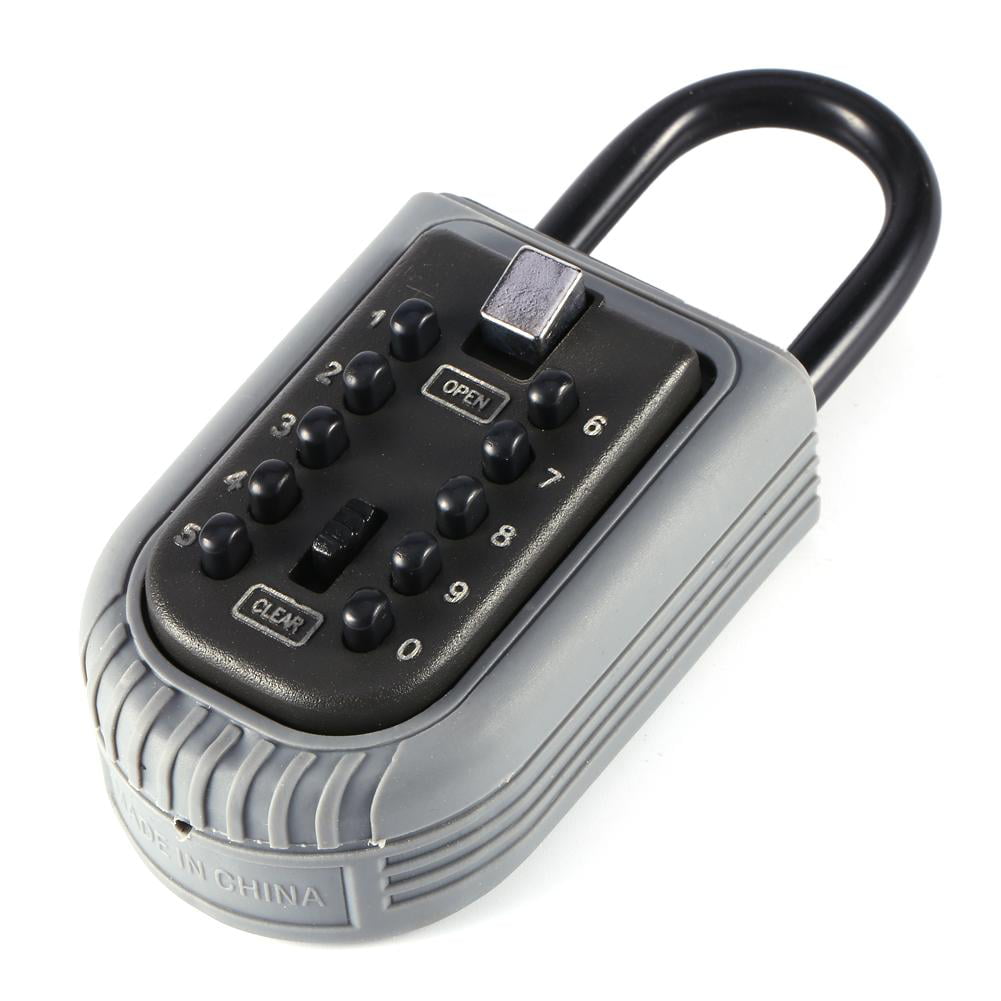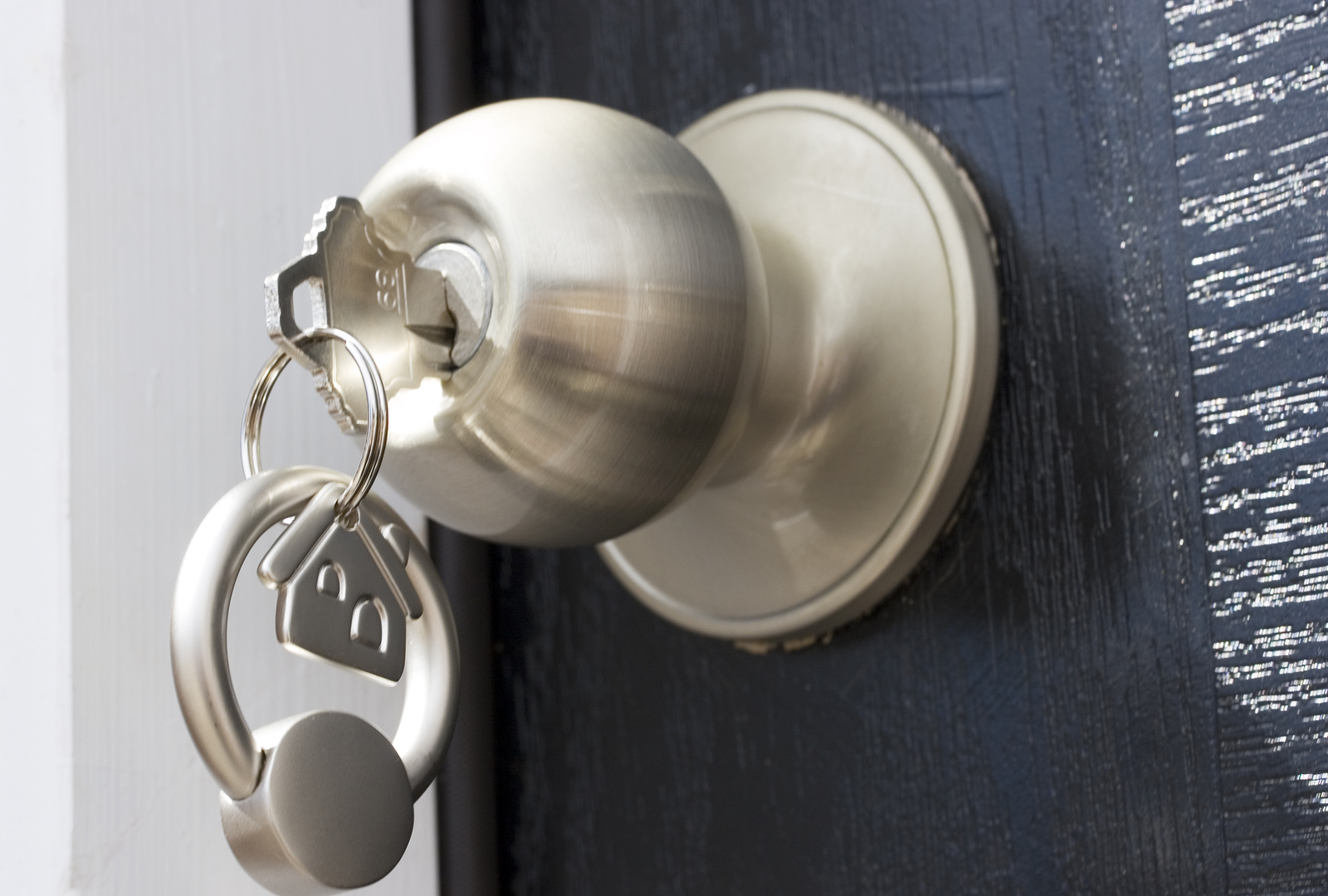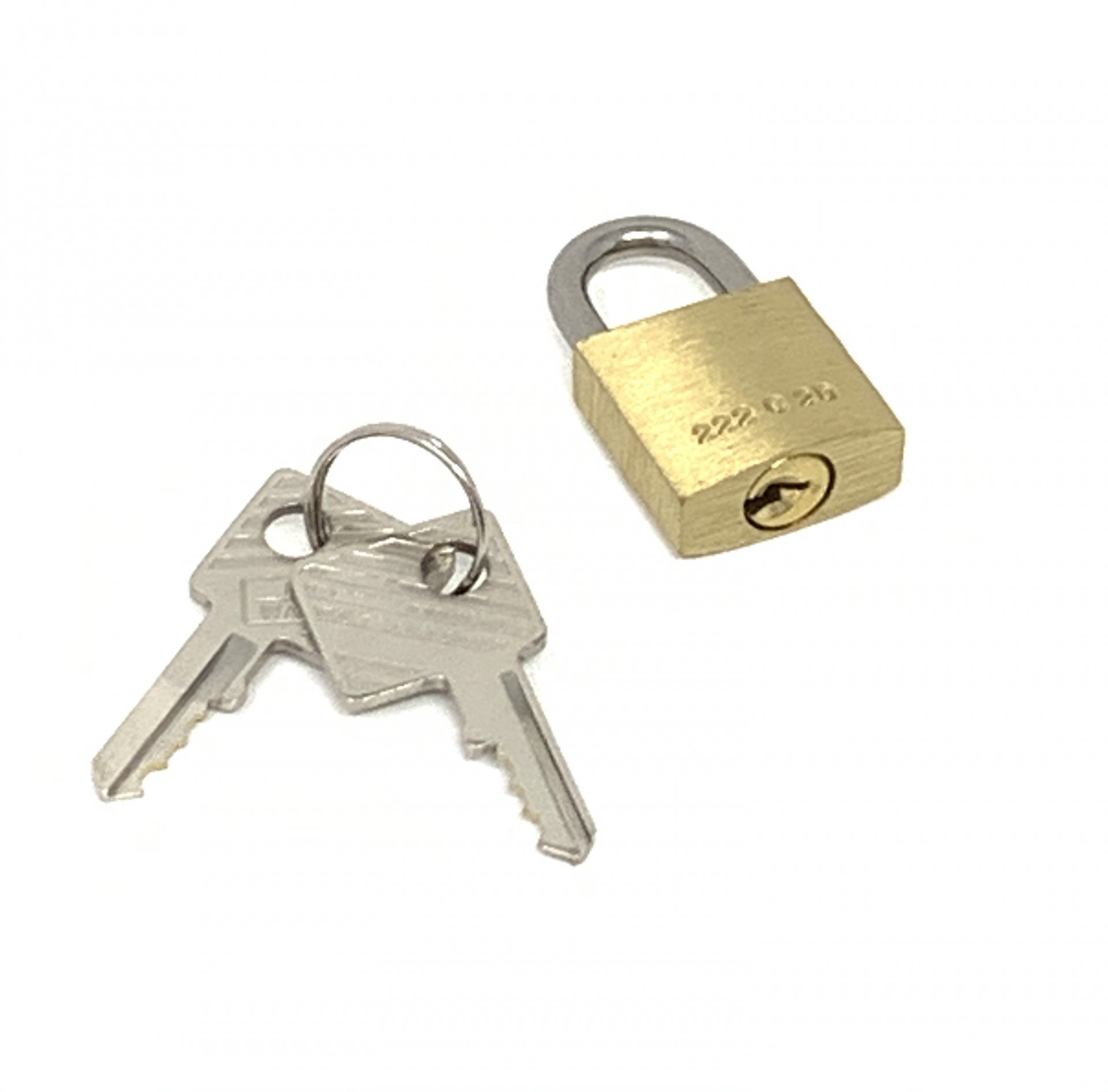
When locked, the discs passed through cut-outs on the shackle. Each disk had a central cutout to allow the key to pass through them and two notches cut out on the edge of the disc. These locks had a cast iron body that was loaded with a stack of rotating disks. Improved manufacturing methods allowed the manufacture of better padlocks that put an end to the Smokehouse around 1910.Īround the middle of the 19th century, "Scandinavian" style locks, or "Polhem locks", invented by the eponymous Swedish inventor Christopher Polhem, became a more secure alternative to the prevailing smokehouse and screw locks. Padlocks that offered more key variance were the demise of the screw lock. The key pulled the locking bolt open against a strong spring. Contemporary with the smokehouse padlocks and originating in the Slavic areas of Europe, "screw key" padlocks opened with a helical key that was threaded into the keyhole. These locks afforded little protection against forced and surreptitious entry. Smokehouse locks, designed in England, were formed from wrought iron sheet and employed simple lever and ward mechanisms. Padlocks with spring tine mechanisms have been found in York, England, at the Jorvik Viking settlement, dated 850 AD. The use of bronze was more prevalent for the early Chinese padlocks. Padlocks were made from bronze, brass, silver, and other materials. According to Hong-Sen Yan, director of the National Science and Technology Museum, early Chinese padlocks were mainly " key-operated locks with splitting springs, and partially keyless letter combination locks". Padlocks have been used in China since the late Eastern Han Dynasty (25–220 AD). Przeworsk and Chernyakhov padlocks had a sleeve attached to the case, and a long bent rod which could be inserted into the case and the sleeve. Roman padlocks had a long bent rod attached to the case, and a shorter piece which could be inserted into the case. Padlocks have been used in Europe since the middle La Tène period, subsequently spreading to the Roman world and the Przeworsk and Chernyakhov cultures. They were known in early times by merchants traveling the ancient trade routes to Asia, including China.

There are padlocks dating to the Roman Era, 500 BC – 300 AD. The prefix pad- is of unknown origin it is combined with the noun lock, from Old English loc, related to German loch, "hole". Master keys can only be sold to registered customers.The term padlock is from the late fifteenth century. Master keys and some uncommon keys will ship directly from the manufacturer in 7 to 10 business days. Most standard cut keys ship from our warehouse in 2 business days. You can order control keys on the product page Locker Padlock Control Key. This step is not required, but it may expedite your order.ĭo not use this menu to order control keys for Master Lock model 1525, American Lock model A400K, and other locker padlocks. Click on "Choose File" in the box labeled "Add Key Image" to upload the image of the key to your shopping cart. Take a picture of the key clearly showing the key cuts and stamped key code. Enter the number of keys that you want to purchase in the box labeled "Quantity".Ĥ. If you are ordering keys for a new padlock purchase, enter "NEW".ģ. Be sure to include all numbers and letters.
Padlock key code#
The key code can be found stamped on an original key. Enter the complete key code for your padlock in the text box labeled "Key Code". Enter the padlock model number in the text box labeled "Padlock Model".Ģ.

Purchase additional keys for padlocks you already own or extra keys for a new padlock purchase.ġ.

$9.95 flat rate shipping on all duplicate key orders! Do you have a large order for duplicate keys? Request a Quotation for pricing and lead time.

Order replacement or duplicate cut keys for padlocks including Master Lock padlocks, American Lock padlocks, Abus padlocks, and more.


 0 kommentar(er)
0 kommentar(er)
